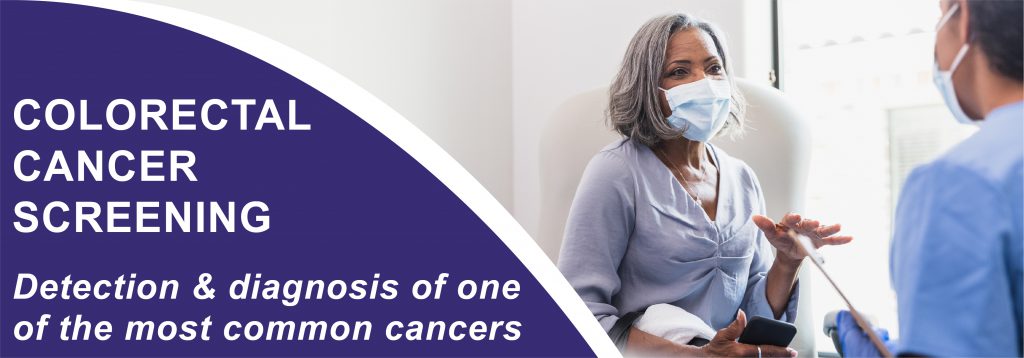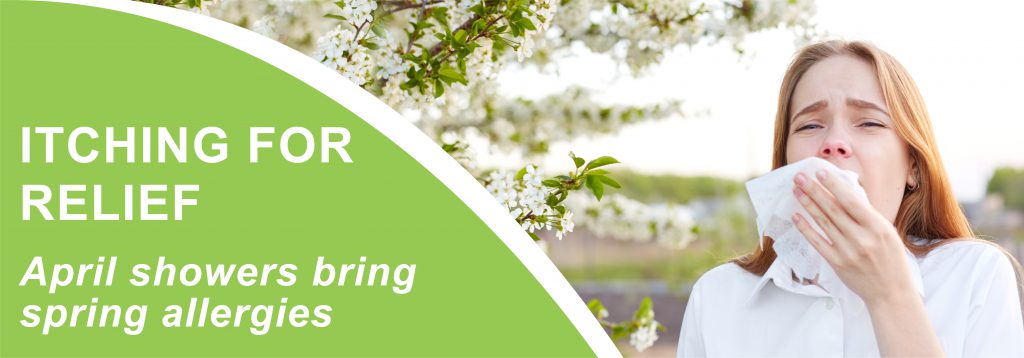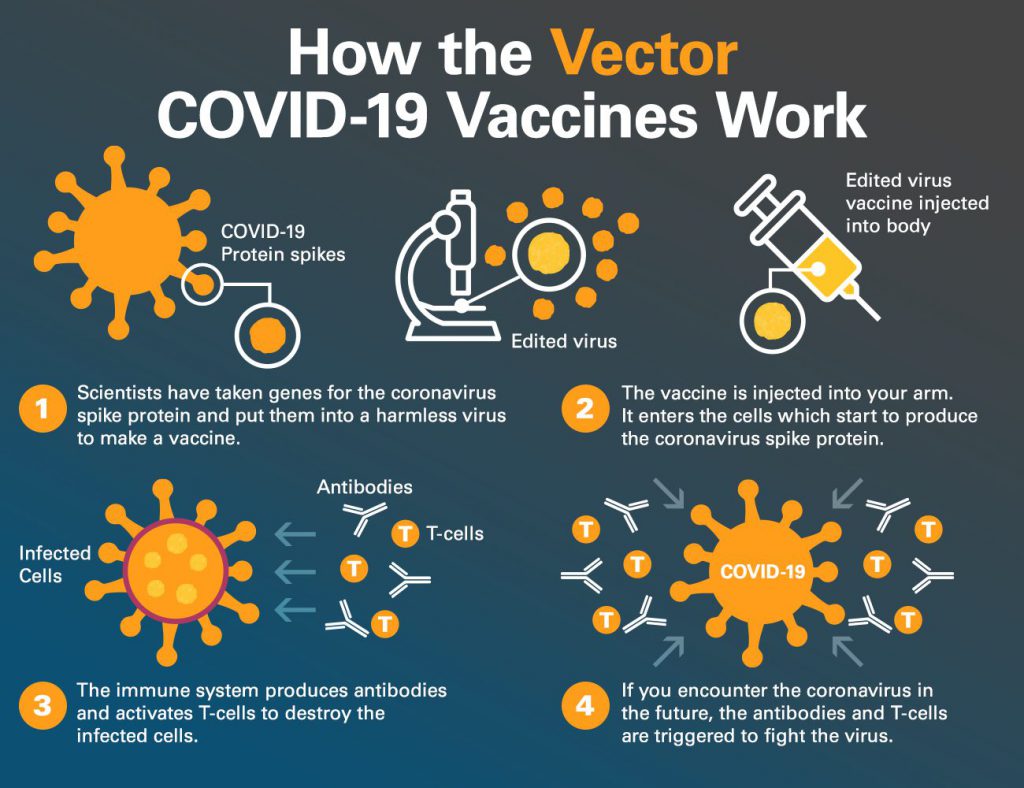
Detection & diagnosis of one of the most common cancers.
March is National Colorectal Awareness Month, an observance dedicated to encouraging patients, survivors and caregivers to share their stories, advocate for colorectal cancer prevention and inform others about the importance of early detection. Regular screening begins at age 50 (or before if you are high risk for colorectal cancer) and is the key to preventing colorectal cancer, or cancer of the colon or rectum.
Why is screening important?
Precancerous polyps and colorectal cancer don’t always cause symptoms, especially at first. Evidence shows that colorectal cancer screening can reduce the risk of dying from the cancer. When detected early, colorectal cancer is one of the most curable types of cancer.
If you haven’t been screened but are having symptoms like, blood in or on the stool, abdominal pain that doesn’t go away, or losing weight and you don’t know why, talk with your doctor about getting screened.
What types of colorectal cancer screening are available?
Stool Tests:
- The guaiac-based fecal occult blood test (gFOBT) uses the chemical guaiac to detect blood in the stool. It is done once a year. For this test, you receive a test kit from your health care provider. At home, you use a stick or brush to obtain a small amount of stool. You return the test kit to the doctor or a lab, where the stool samples are checked for the presence of blood.
- The fecal immunochemical test (FIT) uses antibodies to detect blood in the stool. It is also done once a year in the same way as a gFOBT.
- The FIT-DNA test (also referred to as the stool DNA test) combines the FIT with a test that detects altered DNA in the stool. For this test, you collect an entire bowel movement and send it to a lab, where it is checked for cancer cells. It is done once every three years.
Flexible Sigmoidoscopy
- For this test, the doctor puts a short, thin, flexible, lighted tube into your rectum. The doctor checks for polyps or cancer inside the rectum and lower third of the colon. This test is done every 5 years, or every 10 years with a FIT every year.
Colonoscopy
- The colonoscopy is similar to flexible sigmoidoscopy, except the doctor uses a longer, thin, flexible, lighted tube to check for polyps or cancer inside the rectum and the entire colon. During the test, the doctor can find and remove most polyps and some cancers. Colonoscopy also is used as a follow-up test if anything unusual is found during one of the other screening tests. This test is recommended every 10 years (for people who do not have an increased risk of colorectal cancer).
CT Colonography (Virtual Colonoscopy)
- Computed tomography (CT) colonography, also called a virtual colonoscopy, uses X-rays and computers to produce images of the entire colon, which are displayed on a computer screen for the doctor to analyze. This test is done every 5 years.
Which screening is right for me?
There is no single “best test” for any person. The decision of which screening is best for you is best made after a conversation with your doctor. Each test has advantages and disadvantages. Which test to use depends on the following:
- Your preferences
- Your medical condition
- The likelihood that you will get the test
- The resources available for testing and follow-up
Only two-thirds of adults are up-to-date with colorectal cancer screening. If you’re eligible for screening or think you may be, talk with your doctor about scheduling your colorectal cancer screening today.
If you are younger than 50 or older than 75 and think you may be high risk for colorectal cancer, ask your physician if you should be screened.




